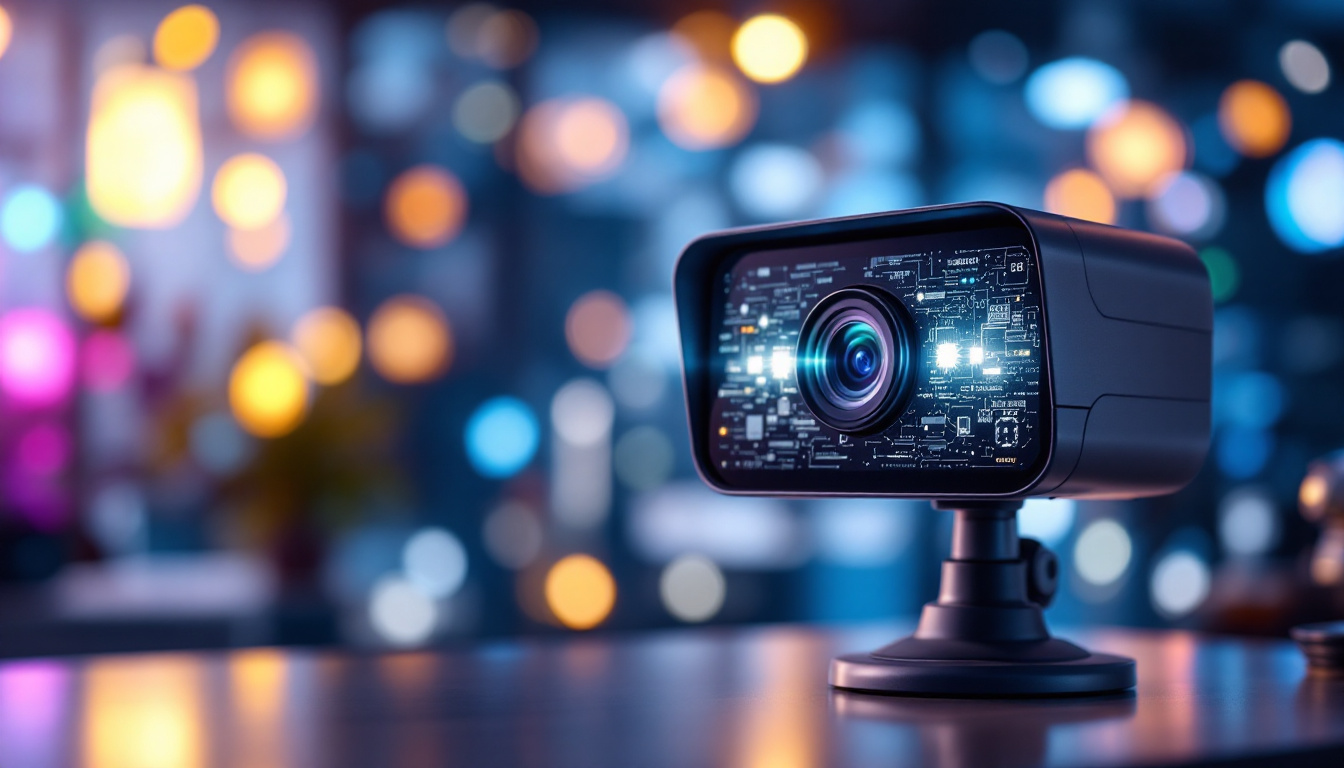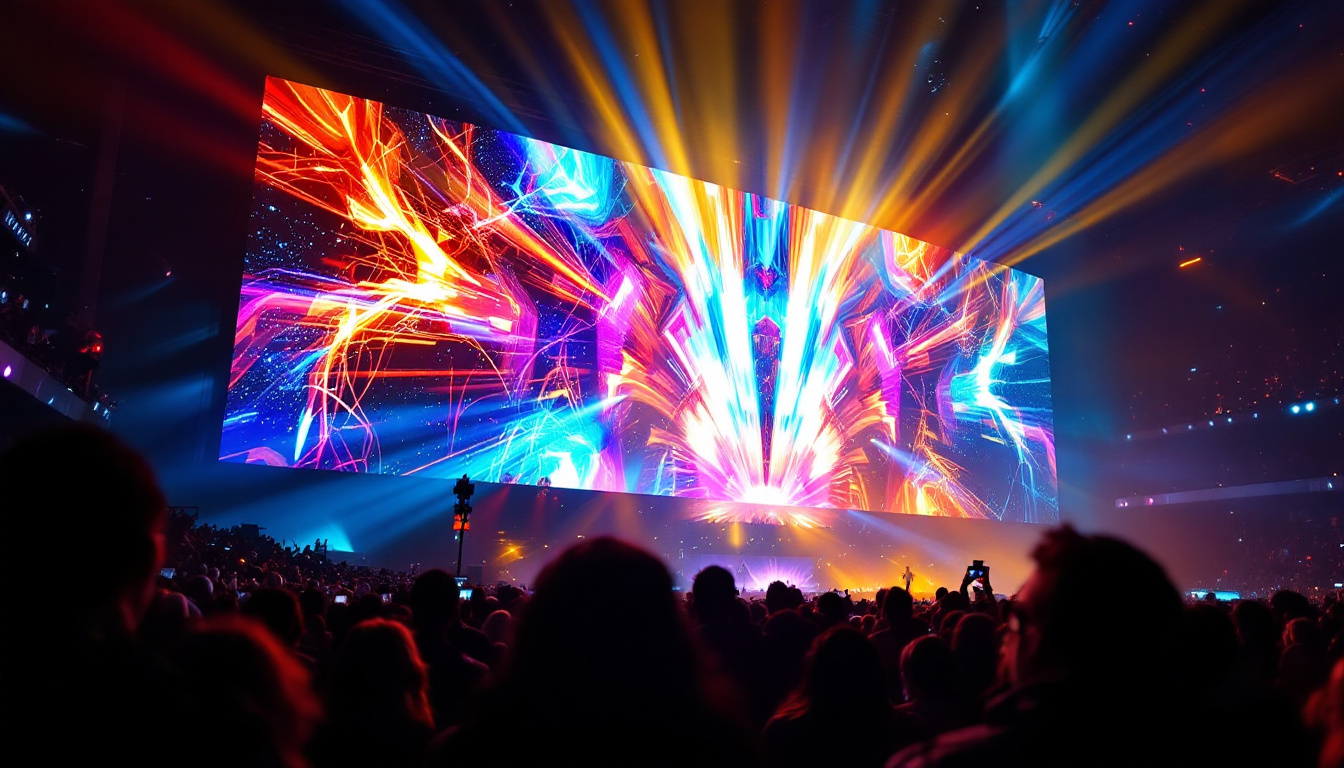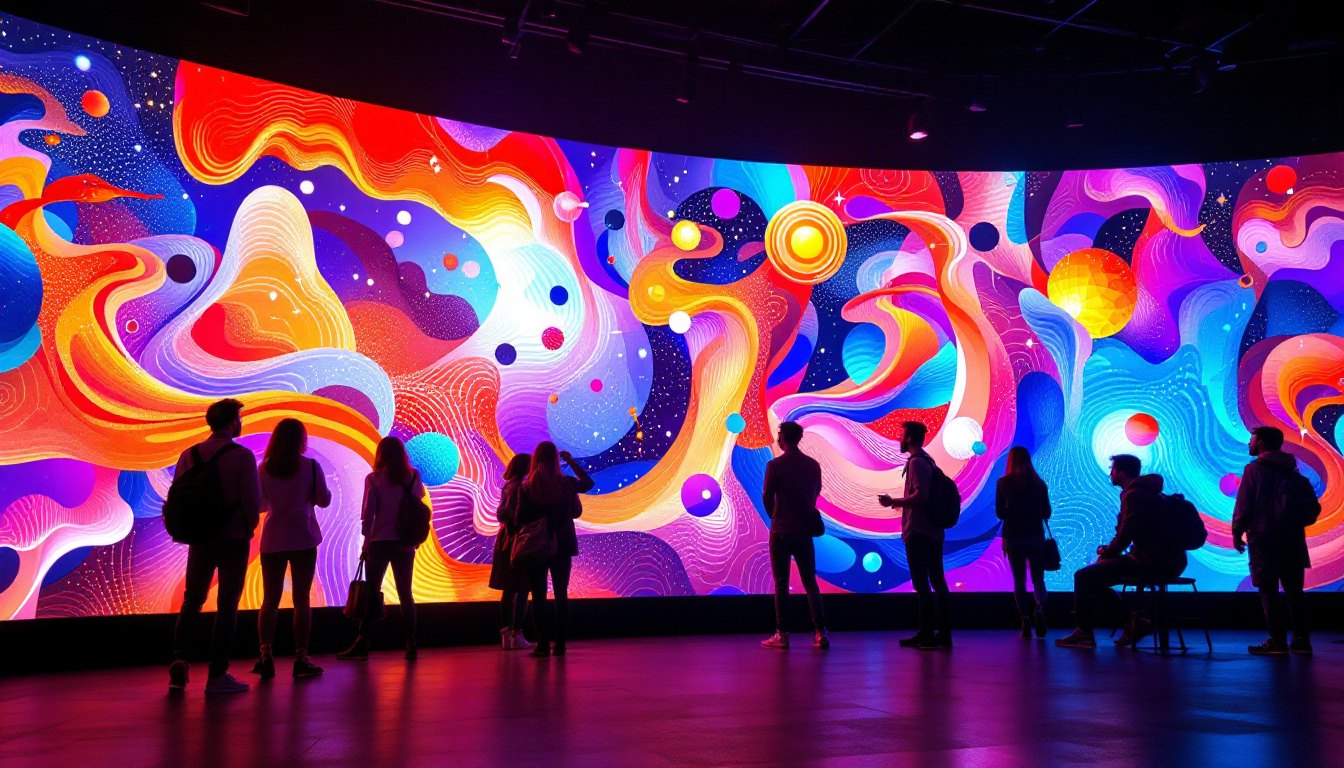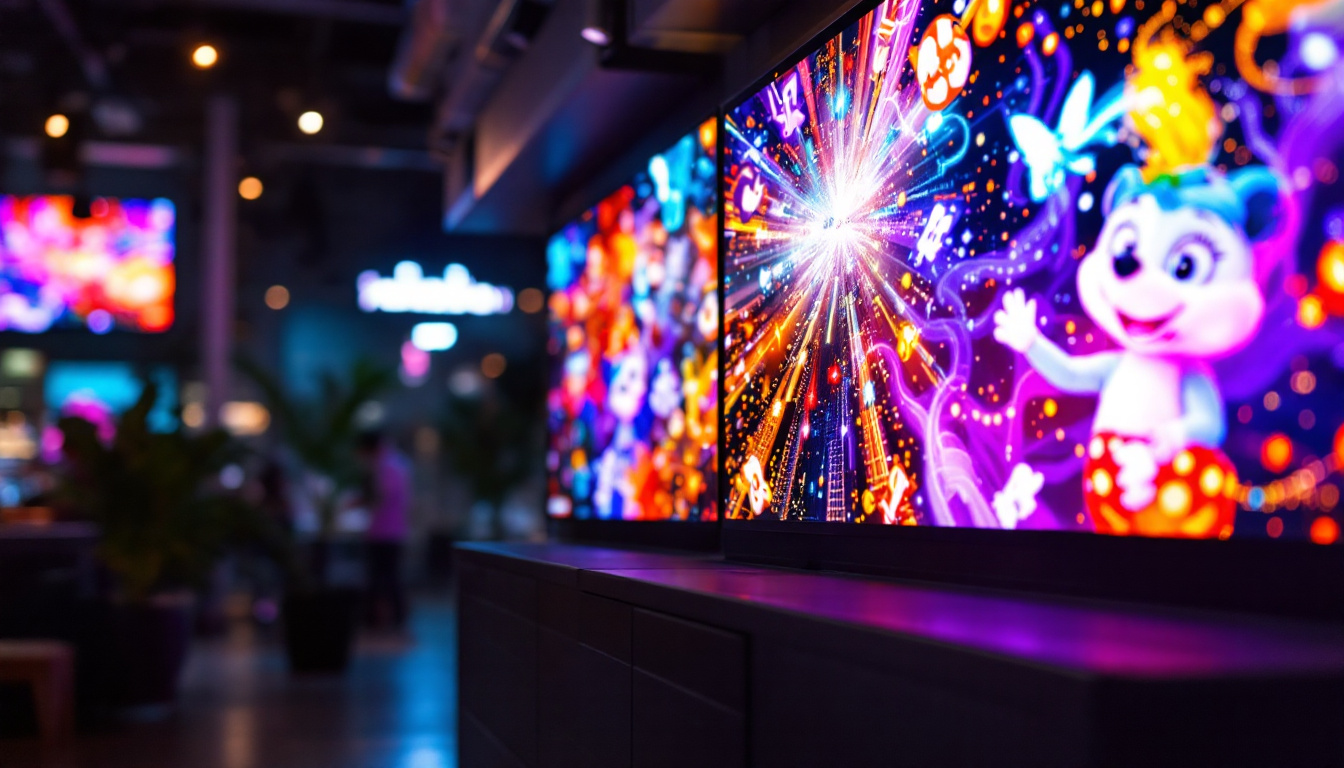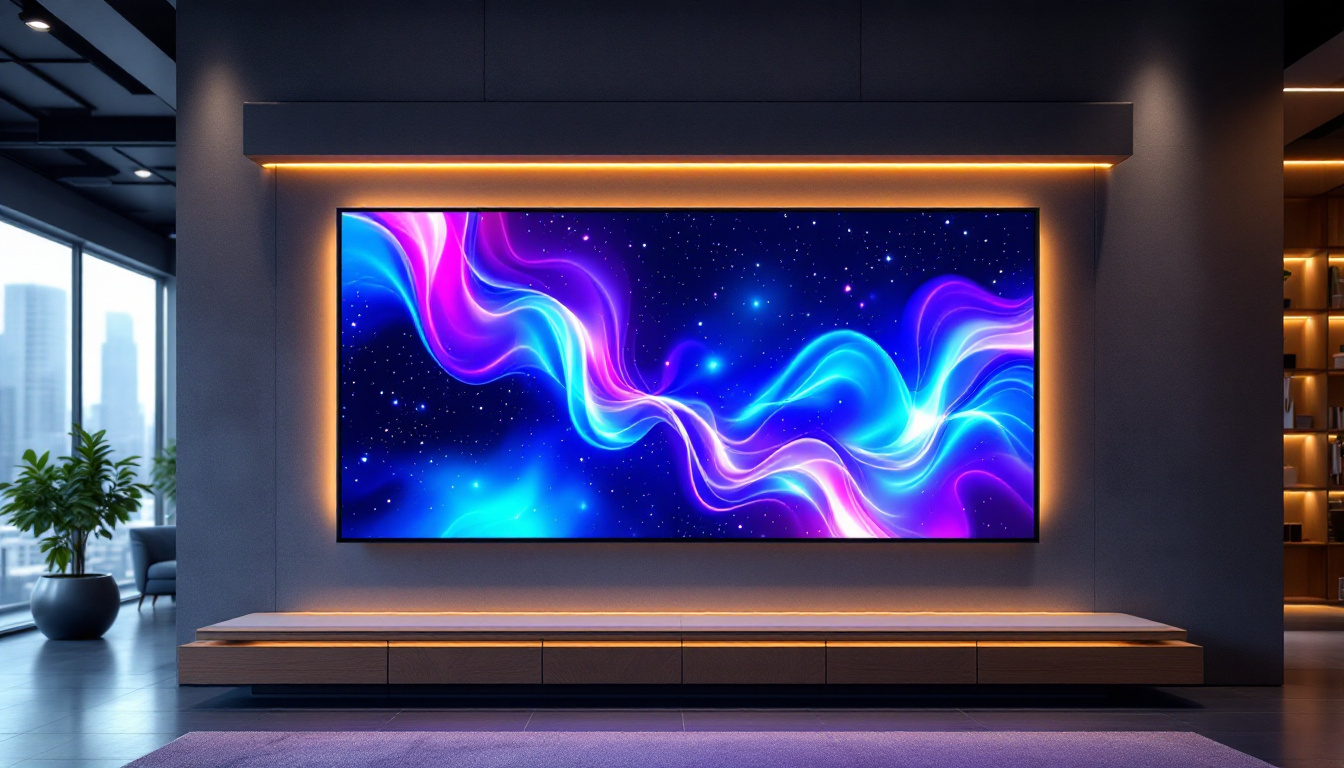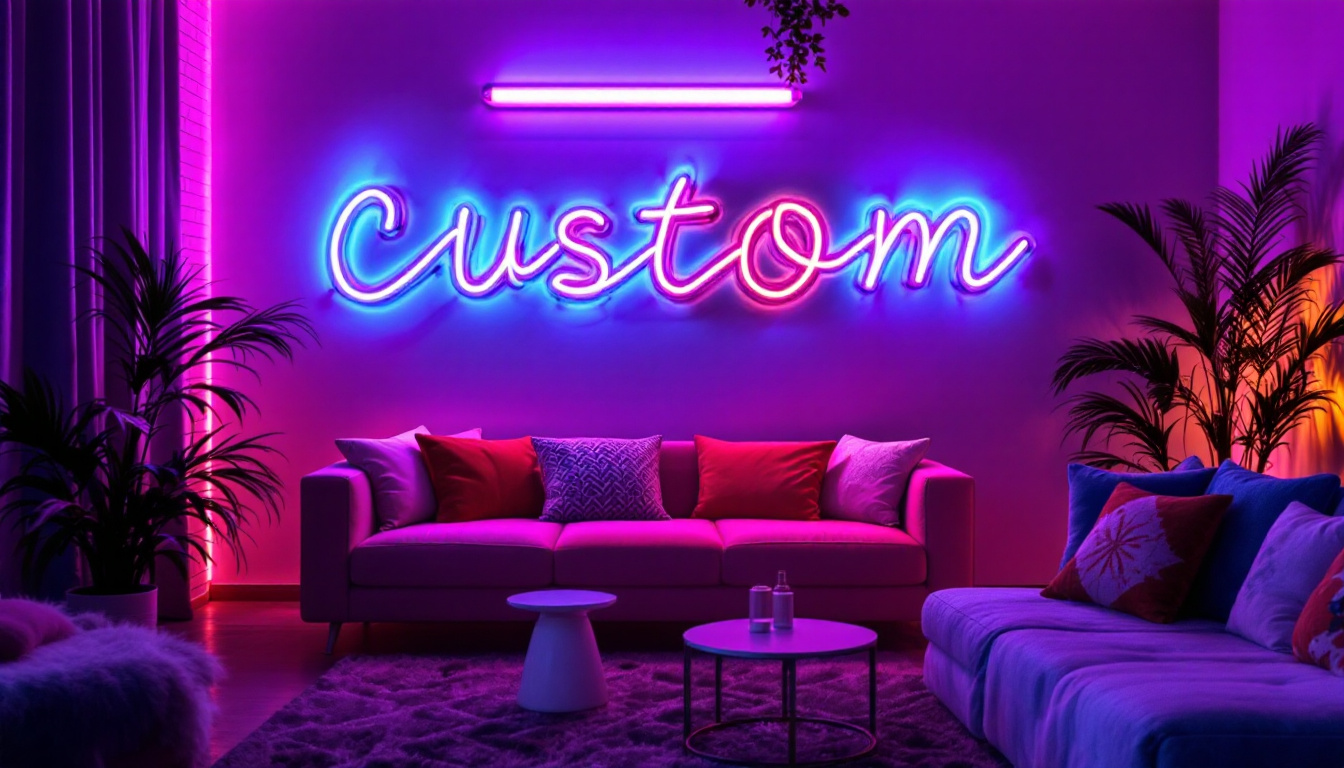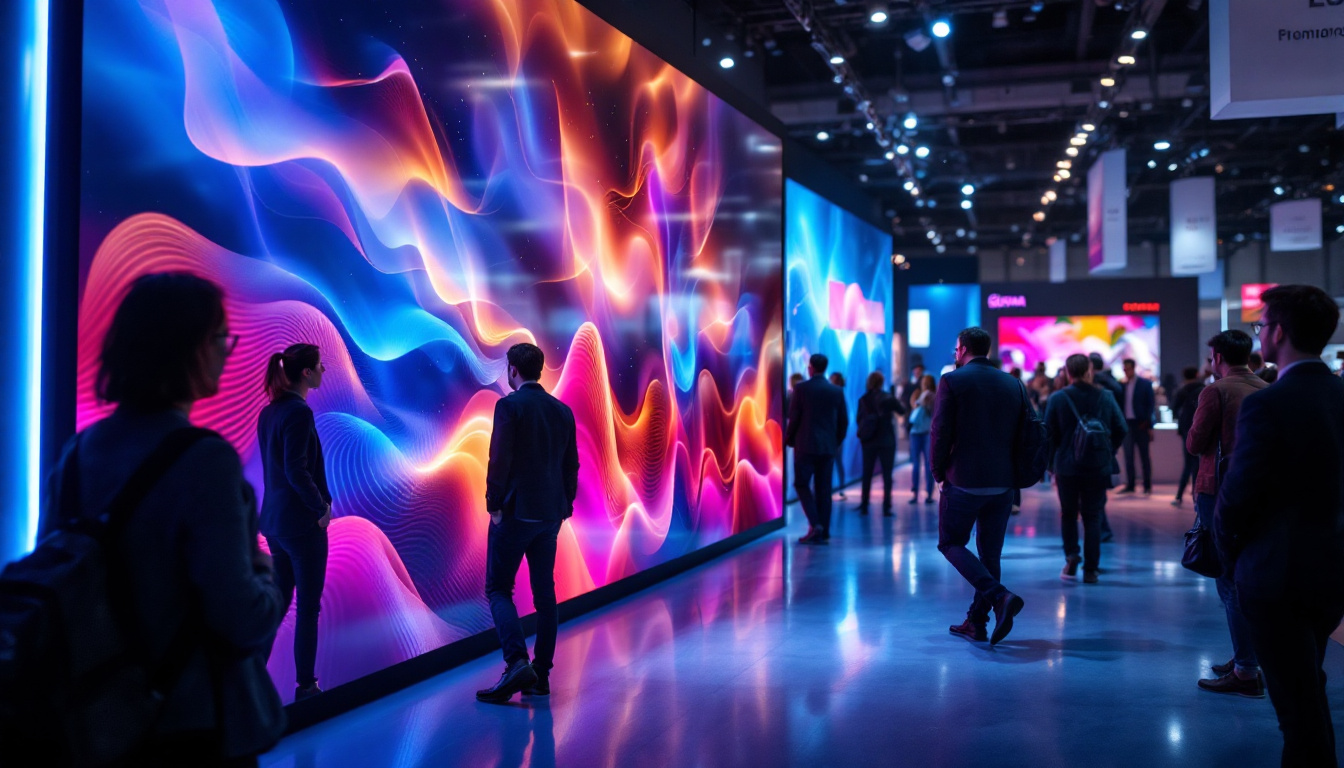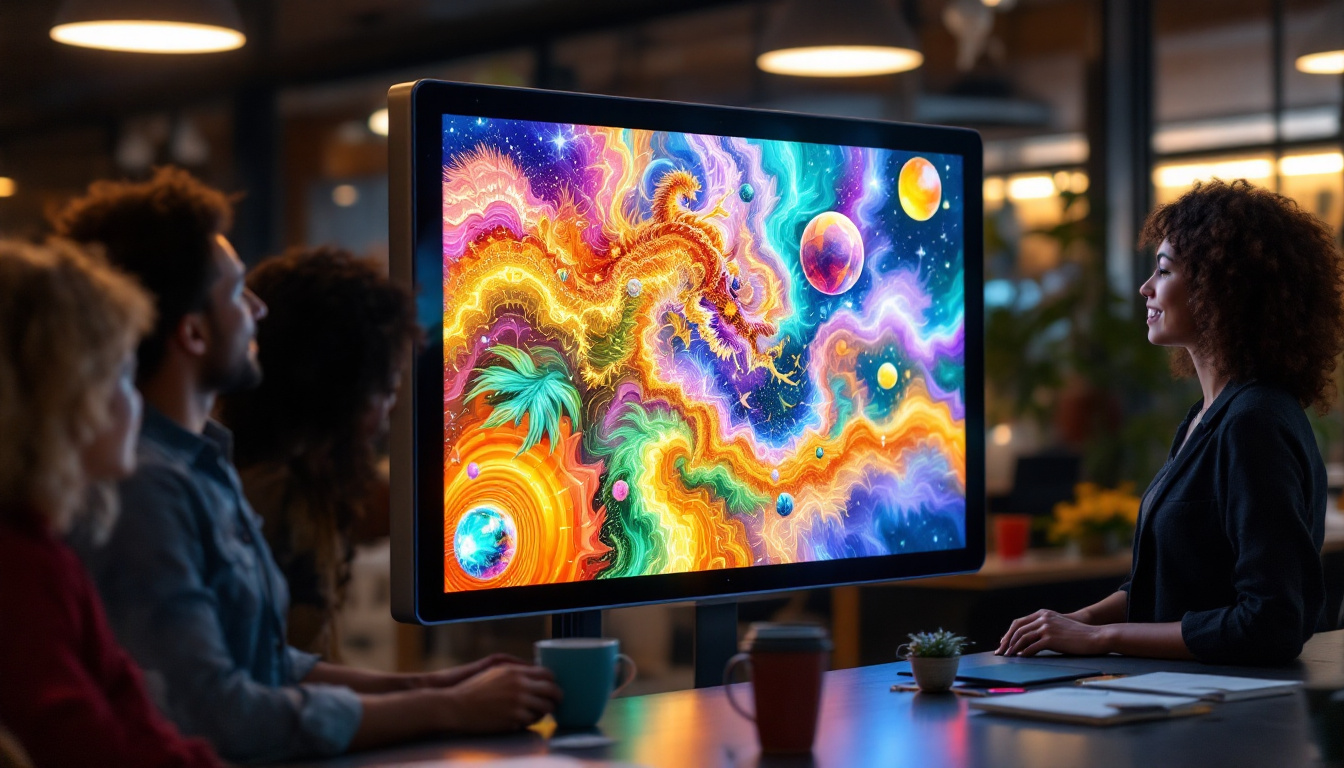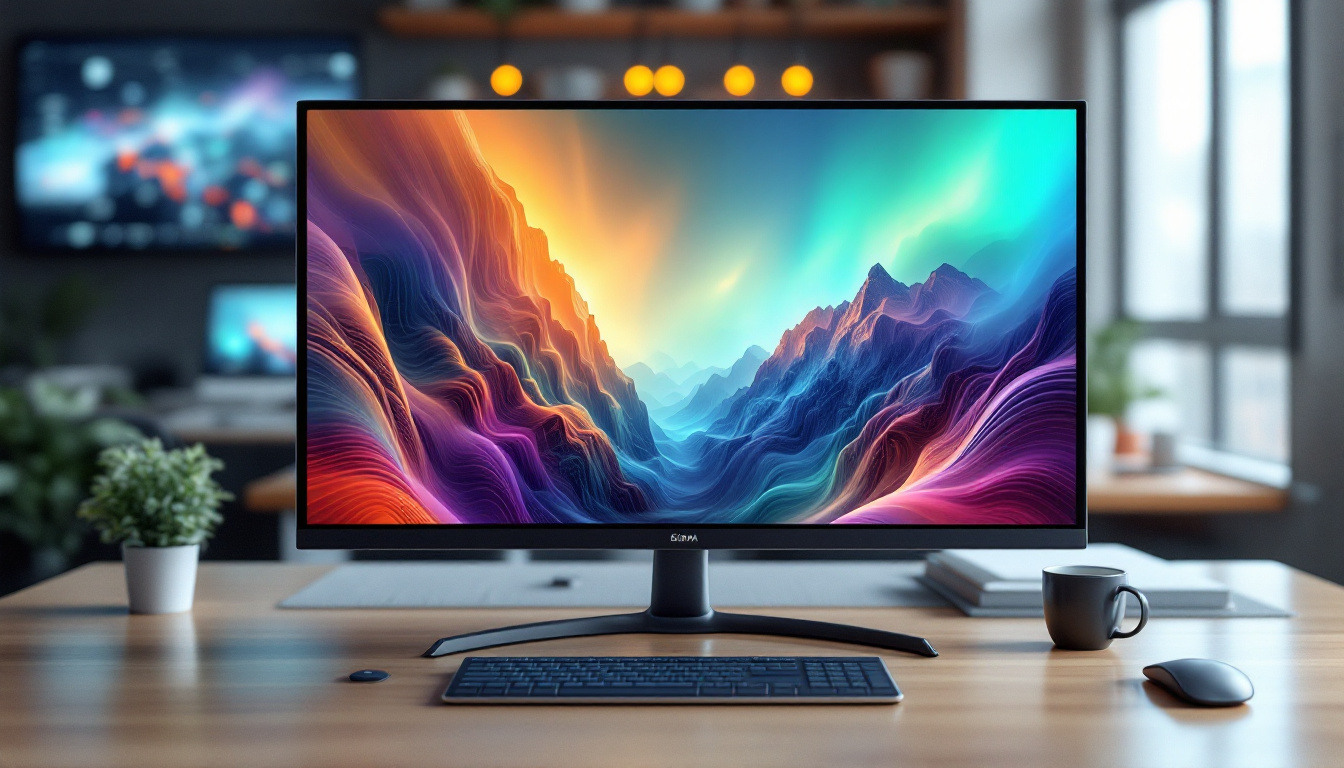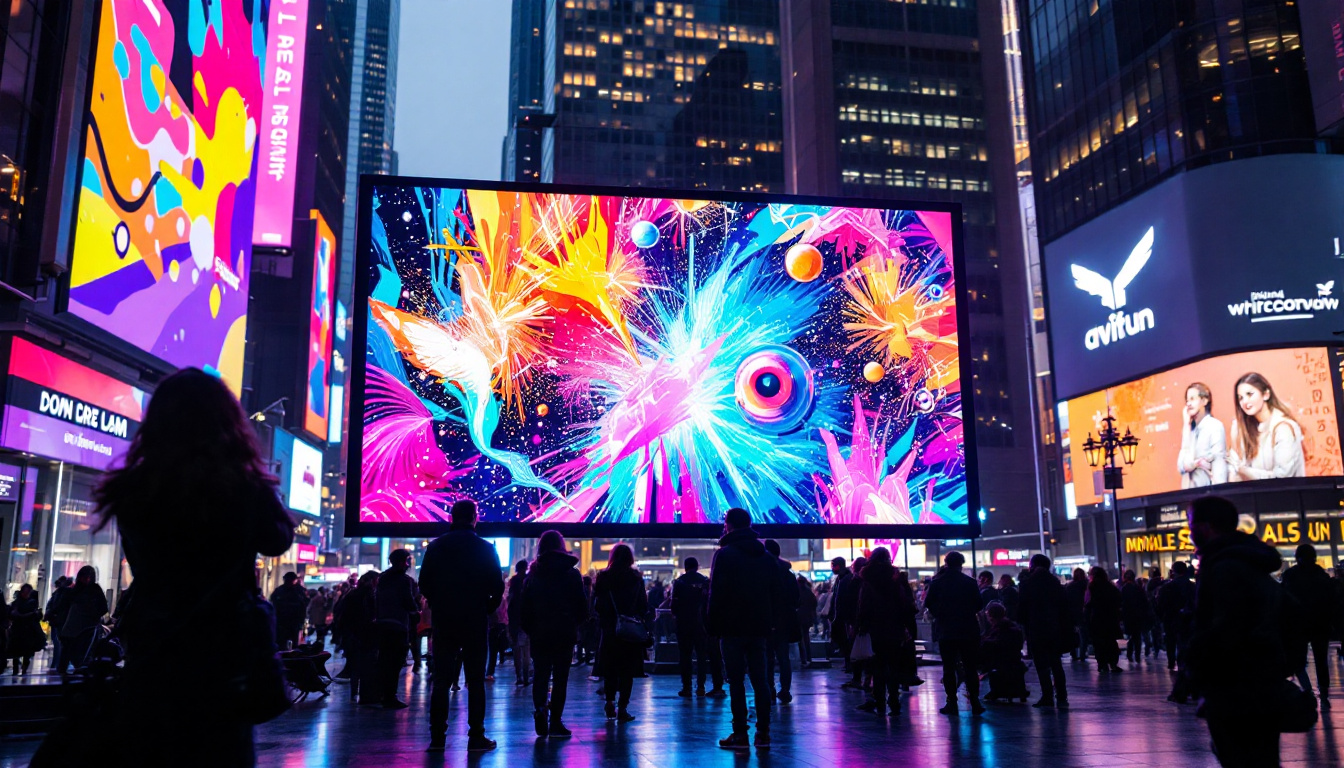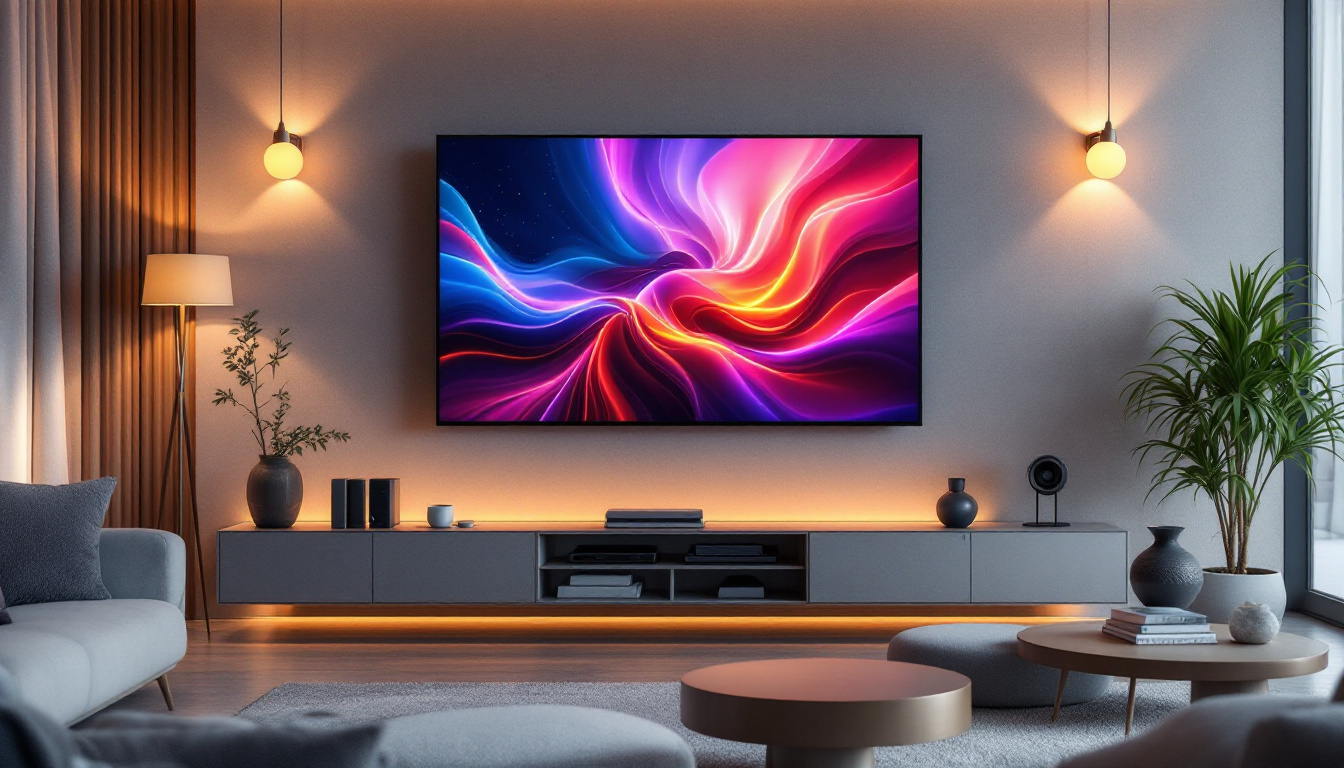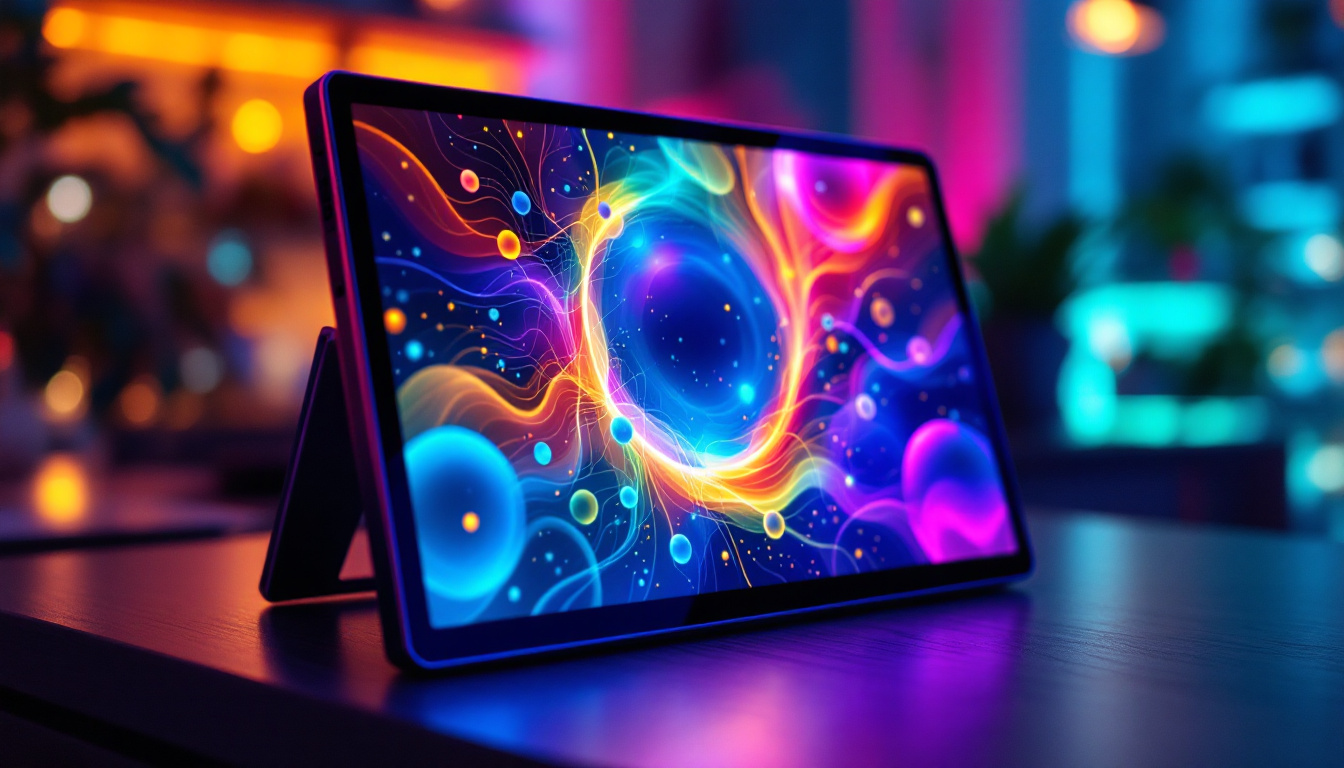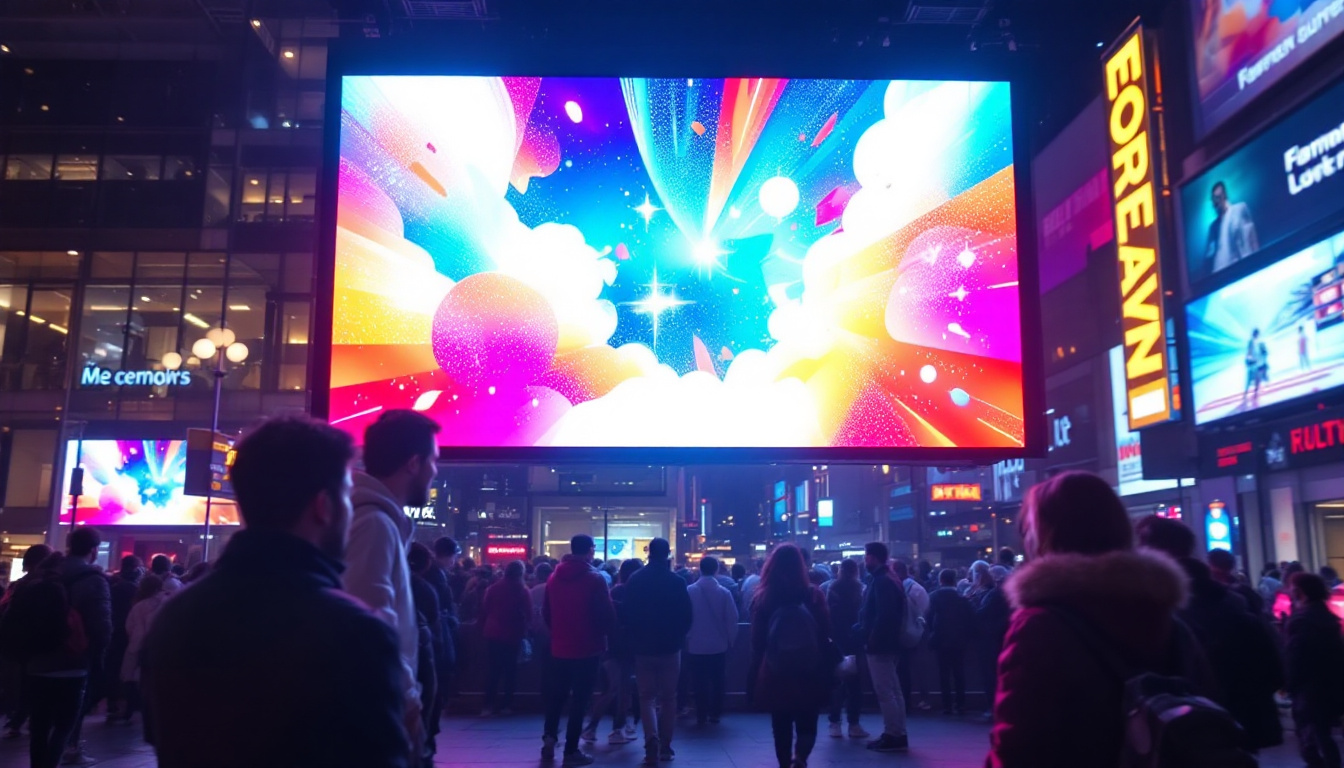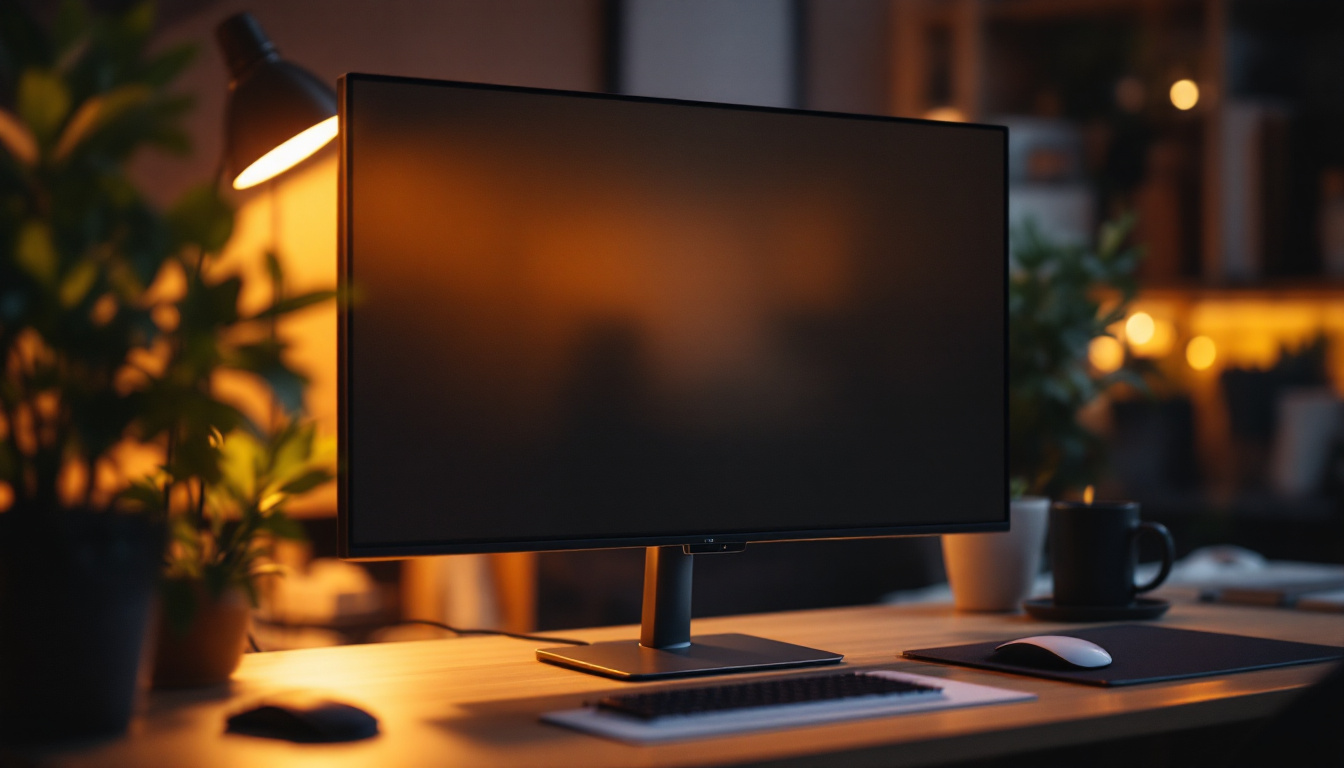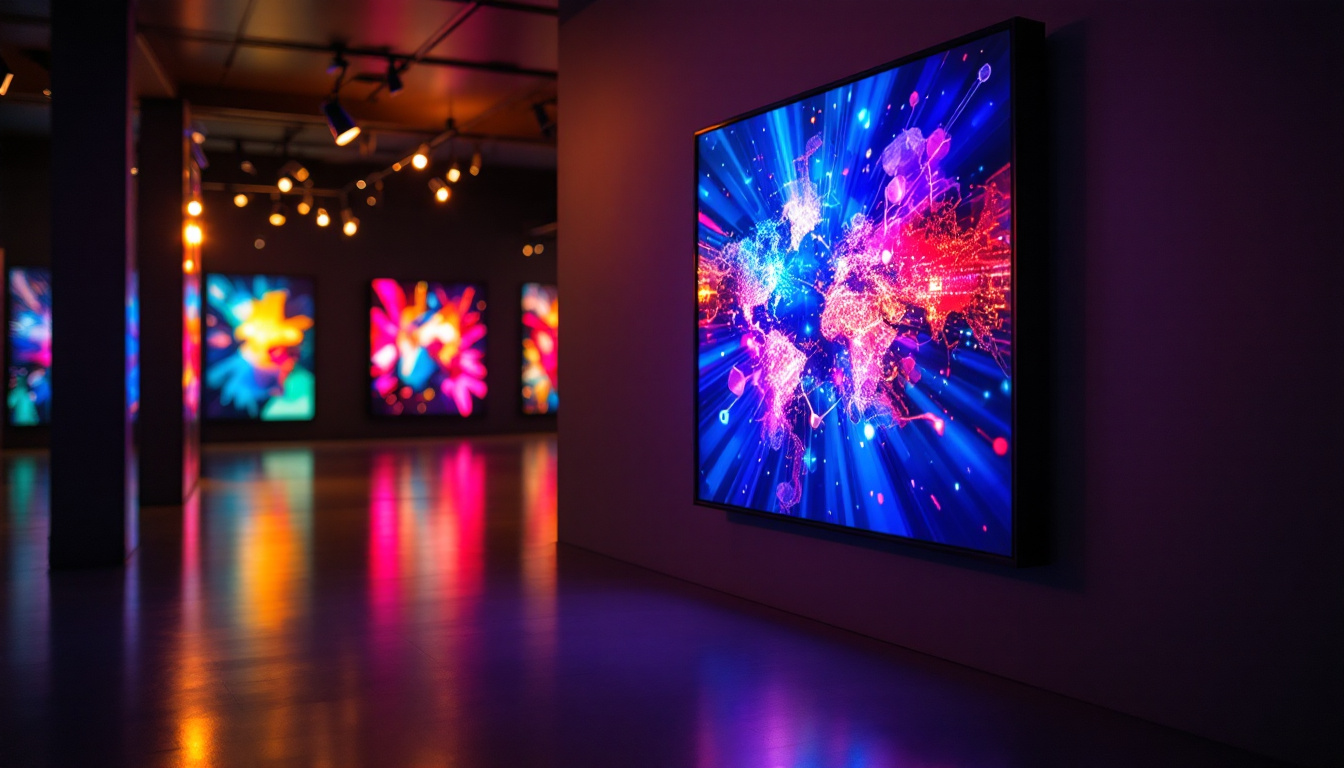In today’s digital age, flat screen monitors have become an essential component of both personal and professional environments. Among the various types of displays available, LED (Light Emitting Diode) technology stands out for its vibrant colors, energy efficiency, and slim design. This article delves into the intricacies of LED displays, exploring their functionality, advantages, and the different types available in the market.
Understanding LED Technology
LED technology has revolutionized the way we perceive visual content. Unlike traditional LCD monitors that rely on fluorescent backlighting, LED displays utilize tiny diodes to produce light, resulting in a more dynamic and vivid display. This section will clarify how LED technology works and what sets it apart from other types of screens.
How LED Displays Work
At the core of an LED display are the light-emitting diodes themselves. These diodes emit light when an electric current passes through them. In a typical LED monitor, these diodes are arranged in a grid format behind the screen’s surface. When an image is displayed, the diodes light up in varying intensities to create the desired colors and brightness.
LED displays can be categorized into two primary types: edge-lit and direct-lit. Edge-lit LED displays have diodes positioned along the edges of the screen, allowing for a thinner design. Conversely, direct-lit displays feature diodes placed directly behind the screen, which enhances brightness and color accuracy. This distinction is crucial for consumers seeking specific visual experiences.
Comparison with Other Display Technologies
When comparing LED displays to other technologies such as LCD and OLED, several factors come into play. LCD monitors, for instance, use liquid crystals to modulate light but typically require backlighting, which can lead to less vibrant colors. OLED (Organic Light Emitting Diode) displays, on the other hand, offer superior contrast and color depth since each pixel emits its own light. However, OLED technology can be more expensive and may suffer from burn-in issues.
Ultimately, the choice between these technologies often depends on the intended use. For gaming, graphic design, or professional applications requiring precise color reproduction, OLED may be preferable. In contrast, LED displays offer a balanced option for everyday use, gaming, and office work.
Advantages of LED Displays
LED displays come with a range of benefits that make them a popular choice among consumers. From energy efficiency to superior image quality, these advantages contribute to the widespread adoption of LED technology in various settings.
Energy Efficiency
One of the most significant advantages of LED displays is their energy efficiency. Compared to traditional LCD monitors, LED screens consume less power, which can lead to substantial savings on electricity bills over time. This efficiency is particularly beneficial for businesses that rely on multiple monitors, as it reduces operational costs while also minimizing environmental impact.
Additionally, LED displays generate less heat than their counterparts, contributing to a cooler working environment. This characteristic can extend the lifespan of the monitor and reduce the need for additional cooling systems in larger setups.
Superior Image Quality
LED displays are renowned for their exceptional image quality. The ability to produce deeper blacks and brighter whites enhances the overall viewing experience. With improved contrast ratios, LED monitors can display a wider range of colors, making them ideal for tasks that require color accuracy, such as graphic design and video editing.
Furthermore, advancements in LED technology have led to the development of HDR (High Dynamic Range) displays. These monitors can reproduce a broader spectrum of colors and brightness levels, resulting in more lifelike images. HDR content is becoming increasingly prevalent in gaming and streaming services, making HDR-compatible LED displays a desirable choice for enthusiasts.
Types of LED Displays
As the demand for LED technology has grown, various types of LED displays have emerged, each catering to different needs and preferences. Understanding these types can help consumers make informed decisions when selecting a monitor.
Standard LED Monitors
Standard LED monitors are the most common type found in homes and offices. They are versatile and suitable for a wide range of applications, from casual browsing to professional tasks. These monitors typically come in various sizes and resolutions, allowing users to choose a model that best fits their workspace and requirements.
Standard LED monitors often feature Full HD (1920 x 1080) resolution, providing clear and sharp images. Higher-end models may offer 4K resolution (3840 x 2160), which is ideal for those seeking the utmost detail in their visuals. This type of monitor is perfect for users who prioritize general use and entertainment.
Gaming LED Monitors
For gamers, the choice of monitor can significantly impact the gaming experience. Gaming LED monitors are specifically designed to cater to the needs of gamers, offering features such as high refresh rates, low response times, and adaptive sync technologies like NVIDIA G-SYNC and AMD FreeSync. These features help eliminate screen tearing and ensure smooth gameplay.
Many gaming monitors also boast enhanced color accuracy and HDR support, making them ideal for immersive gaming experiences. With a variety of sizes and resolutions available, gamers can find a monitor that suits their preferences, whether they enjoy fast-paced shooters or graphically intensive RPGs.
Professional and Creative LED Displays
For professionals in fields such as graphic design, photography, and video editing, specialized LED displays are available. These monitors often feature higher color accuracy, wider color gamuts, and advanced calibration options to ensure that the colors displayed are true to life.
Many creative monitors also come with 4K or even 5K resolution, providing the detail necessary for intricate work. Features such as matte screens can reduce glare, making them suitable for environments with bright lighting. These displays are an investment for those who require precision in their visual work.
Choosing the Right LED Monitor
Selecting the right LED monitor involves considering several factors, including the intended use, budget, and personal preferences. This section outlines key considerations to help make an informed decision.
Resolution and Size
Resolution and screen size are two of the most critical factors when choosing a monitor. Higher resolutions provide more detail, which is particularly important for tasks like photo editing or gaming. A Full HD monitor is generally sufficient for everyday use, while 4K monitors are ideal for professionals and gamers seeking the highest level of detail.
Screen size also plays a significant role in the viewing experience. Larger monitors can enhance productivity by allowing users to have multiple windows open simultaneously. However, they can also take up more desk space, so it’s essential to find a balance that suits the workspace.
Refresh Rate and Response Time
For gamers, refresh rate and response time are critical specifications. A higher refresh rate (measured in Hertz) results in smoother motion, which is particularly beneficial in fast-paced games. A refresh rate of 144Hz or higher is often recommended for competitive gaming.
Response time, on the other hand, refers to how quickly a pixel can change from one color to another. Lower response times (measured in milliseconds) help reduce motion blur, making them crucial for gaming and fast-moving visuals.
Connectivity Options
Connectivity options are another essential consideration when choosing an LED monitor. Most monitors today come with a variety of ports, including HDMI, DisplayPort, and USB-C. Ensuring that the monitor has compatible ports with existing devices is crucial for seamless integration.
Additionally, some monitors offer built-in features such as USB hubs, which can be convenient for connecting peripherals. Understanding the connectivity needs can prevent future compatibility issues and enhance the overall user experience.
Maintaining and Caring for LED Monitors
Proper maintenance and care can significantly extend the lifespan of an LED monitor. This section discusses best practices for keeping an LED display in optimal condition.
Cleaning the Screen
Regular cleaning is essential to keep the screen free from dust and fingerprints. It is advisable to use a microfiber cloth and a gentle cleaning solution specifically designed for screens. Avoid using paper towels or harsh chemicals, as these can damage the screen’s surface.
When cleaning, it’s best to turn off the monitor and unplug it to avoid any electrical issues. Gently wipe the screen in circular motions to remove smudges without applying excessive pressure.
Adjusting Brightness and Settings
Adjusting the brightness and other settings can enhance the viewing experience and reduce eye strain. Many monitors come with preset modes for different activities, such as gaming, reading, or watching movies. Experimenting with these settings can help find the most comfortable viewing experience.
Additionally, utilizing features like blue light filters can reduce eye fatigue during extended use. Many modern monitors offer these features, which can be beneficial for users who spend long hours in front of the screen.
Positioning the Monitor
Proper positioning of the monitor is crucial for comfort and ergonomics. The top of the screen should be at or slightly below eye level, and the monitor should be placed about an arm’s length away. This positioning helps reduce neck strain and promotes better posture.
Using an adjustable stand or monitor arm can provide flexibility in positioning, allowing users to find the most comfortable angle. This adjustment can make a significant difference in overall comfort during prolonged use.
Conclusion
LED displays have become a staple in modern technology, offering a blend of energy efficiency, superior image quality, and versatility. Understanding the various types of LED monitors, their advantages, and how to choose the right one can empower consumers to make informed decisions.
As technology continues to evolve, LED displays will likely remain at the forefront of visual technology, catering to the diverse needs of users across different fields. Whether for gaming, professional work, or casual use, there is an LED monitor designed to enhance the viewing experience.
Investing in a quality LED monitor not only improves productivity but also enriches the overall digital experience. With the right knowledge and considerations, finding the perfect monitor can be a rewarding endeavor.
Discover LumenMatrix’s Innovative LED Solutions
Ready to elevate your visual experience with the latest in LED technology? Look no further than LumenMatrix, a pioneer in crafting LED displays that bring your content to life. Whether you’re in need of an Indoor LED Wall Display for your business, an Outdoor LED Wall Display for events, or any of our specialized solutions like Vehicle LED Displays and LED Sports Displays, LumenMatrix has you covered. Embrace the future of visual communication with our Custom LED Displays and All-in-One LED Display solutions. Check out LumenMatrix LED Display Solutions today and transform the way you share your message with the world.


